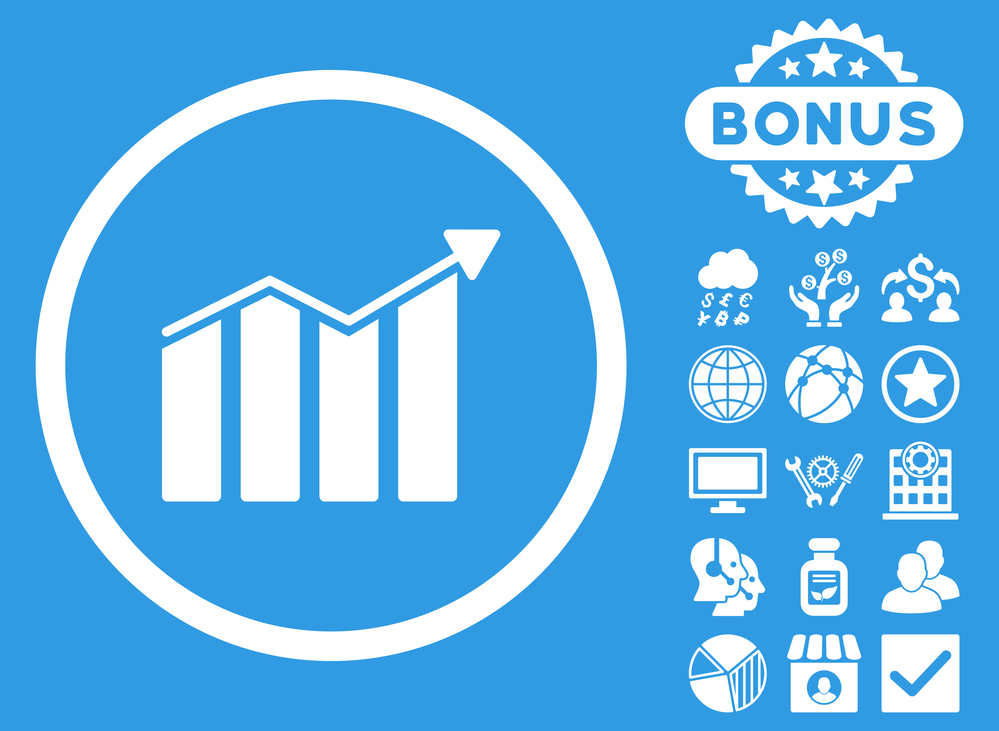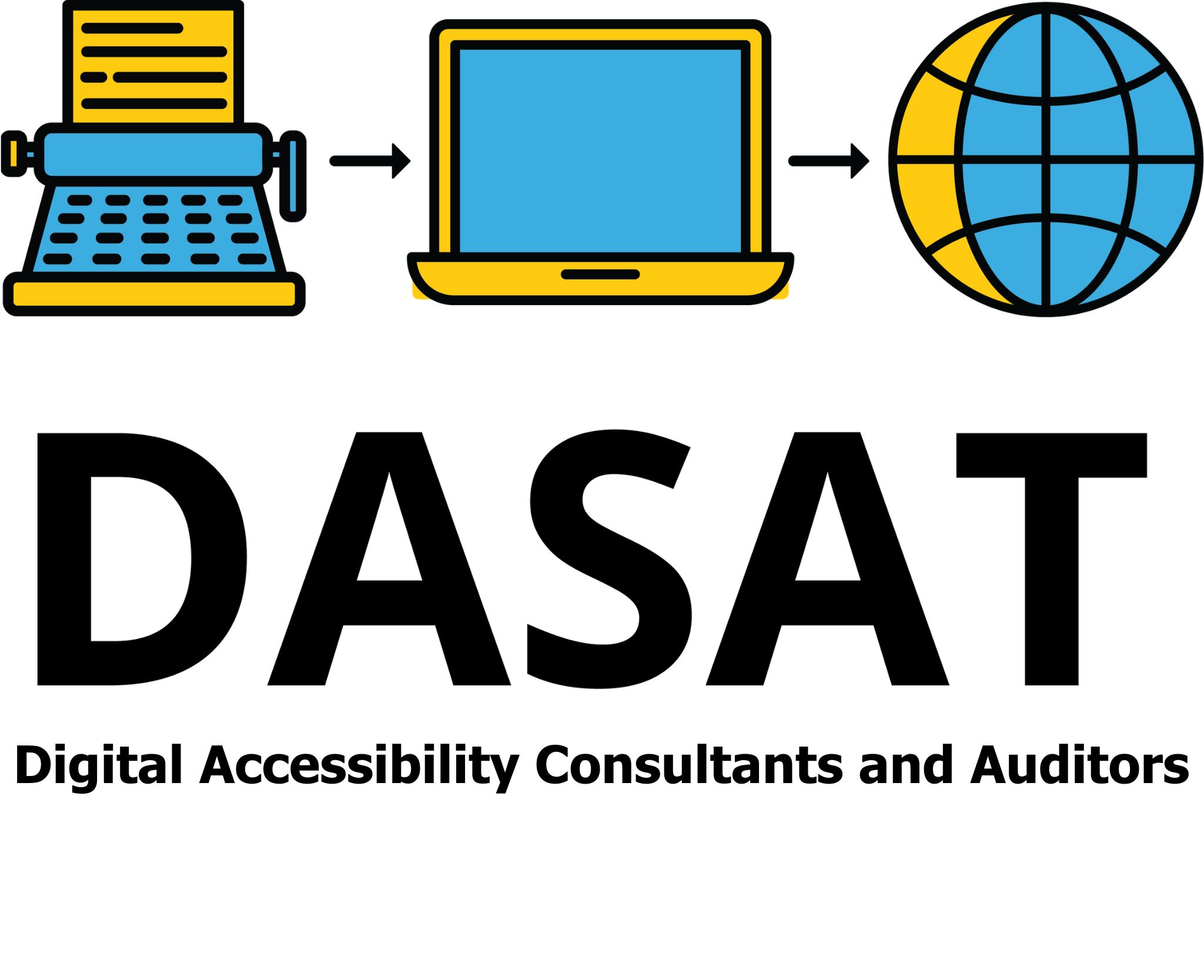The true costs of digital accessibility for NDIS businesses are outweighted by the benefits.
When you run a NDIS business, your digital presence matters. Whether it’s your website, booking system, or client portal, accessibility means people of all abilities can use your services with ease. However, business owners often ask: what does accessibility cost, and what do we gain in return?
The answer comes down to weighing quantifiable and non-quantifiable costs and benefits.

Quantifiable Benefits
The most compelling reason to invest in accessibility is the measurable return. Business owners, justifiably, want a return on investment. Research from the World Economic Forum shows that inclusive product design can give businesses up to a 28% increase in revenue when applied to websites. That’s not just a small increase. That’s a big increase. Businesses that take accessibility seriously also see double the net income and profit margins up to 30% higher compared to those who don’t.
There are also savings to be found. Workplace adjustments are far less costly than many think. In fact, most cost nothing, and the average expense is just $500 per employee (World Economic Forum). Add to that the reduced risk of lawsuits, fines, or expensive emergency fixes, better client understanding of your services and less time spent by office staff in gathering information and accessibility quickly proves itself as a financially smart move. By doing it right from the start, you avoid paying much more later.
For more insight on affordable accessibility solutions, see our guide to accessible digital tools.

Quantifiable Costs
There are always upfront expenses. Making a website or digital tool accessible often requires an initial investment in audits, staff training, and design updates. Other costs include cost of ongoing maintenance, regular reviews and updates to ensure compliance as technology changes. Costs associated in updating all documents used in the office. These are real, measurable costs, but compared to the financial and reputational risks of inaction, they’re relatively small.
At DASAT, we support businesses with tailored digital accessibility services that minimise these costs while maximising long-term value.

Non-Quantifiable Benefits
Beyond the numbers, accessibility builds trust and loyalty. When people see that your business is inclusive, they’re more likely to recommend you and return as clients. It’s not just people with disability who benefit. Older Australians, people with temporary injuries, and even busy parents juggling multiple tasks all gain from a smoother digital experience.
There’s also an innovation benefit. Designing with accessibility in mind often leads to better, smarter solutions for everyone. The W3C Web Accessibility Initiative highlights how accessible design often improves overall usability, which helps all customers.
And most importantly, it shows your organisation cares about inclusion, which strengthens your reputation in the community and aligns with the purpose of NDIS businesses.

Non-Quantifiable Costs
The main non-financial costs come down to time and effort. Your team will need to learn new ways of working, whether that’s adjusting design methods, testing with assistive tools, or writing content in a clearer style. At first, this can feel like it slows things down. Workflows may need to change, and staff might need ongoing support to adapt. But over time, these practices become second nature, and the benefits outweigh the early adjustment period.
If you’re unsure where to begin, our NDIS digital consulting services can help ease this learning curve.

The Bottom Line
When you look at both the measurable and less tangible impacts, the case is clear: the benefits of digital accessibility far outweigh the costs. From a revenue boost of up to 28%, to stronger brand reputation and greater client trust, accessibility is a strategic investment for NDIS businesses.
By committing to accessible design today, you’re not only protecting your business from risk. You’re also opening the door to more clients, stronger results, and a reputation built on fairness and inclusion.

Final Thought
Accessibility isn’t just about compliance. It’s about creating digital spaces that welcome everyone. And that’s good for business as well as community.

